Starting a collection of world coins can be an exciting and rewarding journey into history, culture, and art. Here are the key factors to consider and guidance on assessing rarity and value:
Key Factors to Consider When Starting a Collection
-
Define Your Focus:
- Decide on a theme or niche: coins from specific countries, historical periods, materials (e.g., gold, silver), or types (e.g., commemorative, circulation coins).
- Starting with a clear focus helps narrow your choices and keeps the collection cohesive.
-
Set a Budget:
- Determine how much you’re willing to invest, keeping in mind that some coins can be expensive.
- Start modestly and gradually expand your collection as you gain knowledge and confidence.
-
Learn the Basics:
- Familiarize yourself with numismatic terms (e.g., mint mark, grade, obverse/reverse) and understand how coins are categorized.
- Research the historical and cultural significance of coins in your area of interest.
-
Choose a Reliable Source:
- Buy from reputable dealers, auction houses, or established platforms like NumisBids, Heritage Auctions, or Stack’s Bowers.
- Be cautious of counterfeit coins, especially in online marketplaces.
-
Storage and Care:
- Invest in proper storage solutions, such as coin albums, capsules, or holders, to protect coins from damage.
- Avoid touching coins with bare hands to prevent oils from affecting their condition.
-
Networking and Community:
- Join numismatic societies or forums to learn from experienced collectors.
- Attend coin shows and fairs to see rare coins in person and connect with dealers and enthusiasts.
Assessing the Rarity and Value of Specific Coins
-
Rarity:
- Mintage Numbers: Check the number of coins produced by the mint. Lower mintage often correlates with higher rarity.
- Survival Rates: Consider how many coins have survived over time in collectible condition. A high mintage coin might still be rare if few examples exist today.
- Varieties and Errors: Coins with minting errors (e.g., misprints, doubled dies) or unique varieties (e.g., specific mint marks) are often more valuable.
-
Condition (Grade):
- Coins are graded based on their condition, from Poor (P-1) to Mint State (MS-70), using standardized grading systems like the Sheldon Scale.
- Higher-grade coins (closer to MS-70) are more desirable and command higher prices.
-
Demand:
- Coins linked to significant historical events, famous figures, or unique designs often attract more interest, increasing their value.
- Monitor market trends to see which coins are currently in demand.
-
Metal Content:
- Coins made of precious metals like gold, silver, or platinum have intrinsic value tied to their metal content.
- Check the purity and weight to determine their melt value, but remember that numismatic value often exceeds intrinsic value.
-
Provenance:
- A coin with a documented history of ownership or that comes from a notable collection can have added value.
-
Historical and Cultural Significance:
- Coins tied to specific events (e.g., coronations, wars) or rare periods (e.g., Roman Empire, Qing Dynasty) tend to be more valuable.
- Unique cultural designs or inscriptions also enhance appeal.
-
Certification:
- Third-party grading services like the Professional Coin Grading Service (PCGS) or Numismatic Guaranty Company (NGC) provide expert authentication and grading.
- Certified coins often have a higher market value due to buyer confidence.
-
Market Research:
- Use price guides like the Red Book (United States Coins) or Krause's Standard Catalog of World Coins to understand average values.
- Follow auction results to gauge the current market for specific coins.
Tips for Building a Valuable Collection
- Start Small: Focus on affordable coins with potential for growth in value.
- Diversify: Collect coins from different regions and eras to balance your portfolio.
- Educate Yourself: Stay updated on market trends and historical contexts to make informed decisions.
- Invest in Key Pieces: Occasionally splurge on a rare or highly sought-after coin to elevate the quality of your collection.
Building a world coin collection is both an art and a science. With careful planning, research, and passion, you can create a collection that is not only valuable but also a reflection of your personal interests.

